10 WEIRDEST Japense Street Food
Description
10 WEIRDEST Japense Street Food
For copyright queries or general inquiries please get in touch: [email protected]
Sources: https://pastebin.com/EdnJdhmX
100M is the #1 place for all your heart warming stories about amazing people that will inspire you everyday. Make sure to subscribe and never miss a single video!
#viral #amazing #100M #animals
FLABBY SEA MONSTER! 10 Japanese Street Food
Let’s face it – street food is one of those things that make life so much better. And a big part of touring new places is the ability to try out some of these delicacies. The tastes bring a whole new and unique experience.
Japan being so rich in cultural diversity, serves these street pleasures in more ways than you can ever imagine. Walking down Japanese streets, you’re bound to run into dozens of food stalls each promising an opportunity to indulge in their offerings.
Speaking of that, here are some of the options you’ll be presented with when you set foot in the land that gave us Ninjas.
#10 Crepe
Just to be clear, crepe isn’t a Japanese dish. It has its origins in France where it is so popular that the French have dedicated every 2nd of February to be the official day of crepe eating.
But today, you can be sure to find crepes being enjoyed in countries across the world, including Japan. In the Asian country, they’ve become quite popular to a point where they’re now a common sight at street fairs and are even a staple in some parts like Harajuku. And they aren’t so complicated either.
You can think of them as pancakes but lighter, thinner, larger, and a bit more delicate. That means they’re prepared with flour and can usually be had as sour or sweet options.
Sour crepes are prepared using buckwheat flour, hence the taste while sweet crepes come from regular wheat flour and sweetened with a bit of sugar. To even make it better, the crepes are accompanied with a wide range of fillings.
Of course, the accompaniments are influenced by the type of crepe you’re looking to dig into.
For sweet crepes, the fillings can be whipped cream, syrup, chocolate, or fruits. Sour crepes on the other hand are usually accompanied by eggs, mushrooms, ham, bacon, cheese, or some types of herbs.
#9 Nikuman
While you can have a fill of nikuman all year round, they’re usually available in abundance during the winter months between late August and early April. During this period, you can pop into most convenience stores and pick several hot pieces for your fill.
For the rest of the year, nikuman are mainly available out in the streets and during festivals.
These little pieces aren’t of Japanese origin though. Essentially, they’re just a renamed version of the Chinese buns baozi. Everything else is pretty much the same though there are different modes of preparation across the country.
The general preparation method involves filling flour dough with cooked ground pork or beef. And here is where the variations come in as the preparation can feature different fillings. The most common one used other than the meats are the azuki beans in which case the buns are referred to as anman.
The anman bun can also incorporate other condiments such as lard and sesame oil for added flavor and taste.
The outer dough is sometimes enhanced with food coloring or turmeric to give it a yellow hue effectively creating a variant of the nikuman called kare-man.
#8 Ikayaki
Here’s what ikayaki is in simple terms – a grilled squid, sometimes on a stick. If you fancy such a delicacy then you might want to visit Japanese streets.
And if it’s your first time trying out this fast dish, there are befitting options. Usually, the squid is served in parts as per a diner’s preference. So you can order the whole of it without the entrails or just a portion of it like tentacles if the squid is big enough.
Often, it’s also divided into rings that allow you to delve into it part by part. And if the squid is so small, it usually comes on a stick which you can enjoy like it were pieces of meat. To make the whole experience even better, this snack is usually dipped in a sauce for that enhanced flavor.
#7 Takoyaki
Takoyaki has been part of the Japanese street cuisine from at least the 1930s when it was prepared in Osaka. Since then, it has soared in popularity to being sold in every part of the country.
The major ingredients of the dish are batter and octopus. The octopus is enclosed in the ball-shaped dough and served while hot just like dumplings. But these aren’t the only components of takoyaki. Others include pickled ginger, green onion, and tempura scraps. Tempura is prepared by battering and deep-frying seafood, vegetables, and meat.
All these are enclosed in the ball.
On the outside, the balls are treated with a sauce and mayonnaise before being sprinkled with dried bonito shavings and green laver.




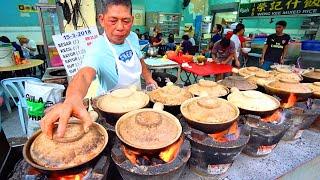



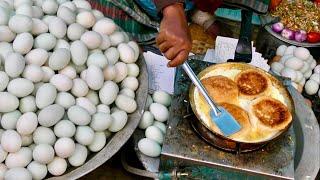

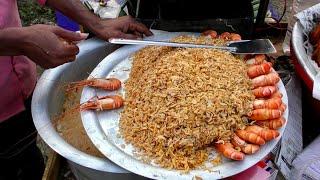


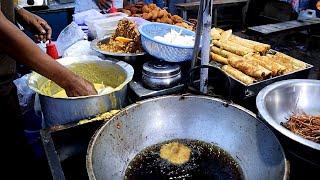

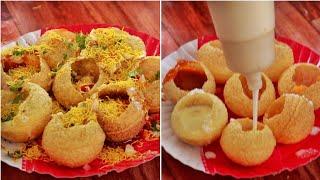





Comments